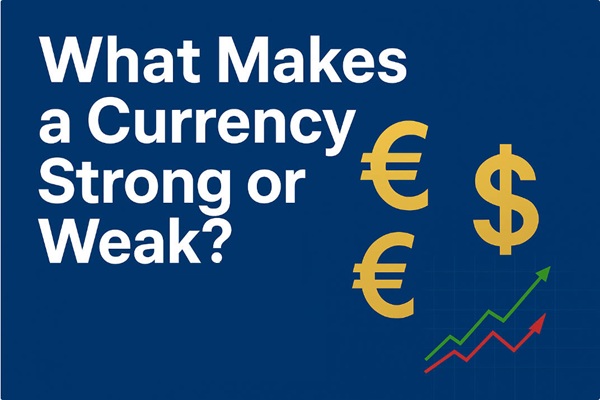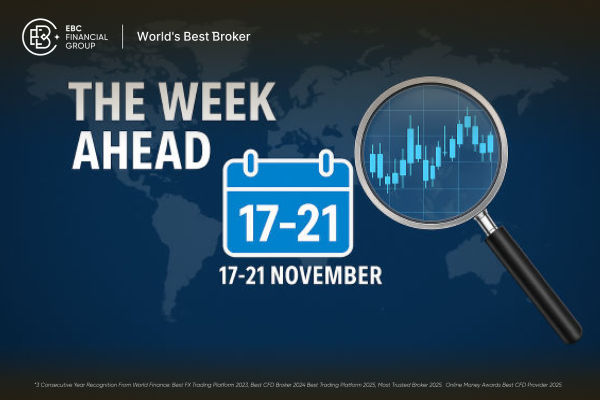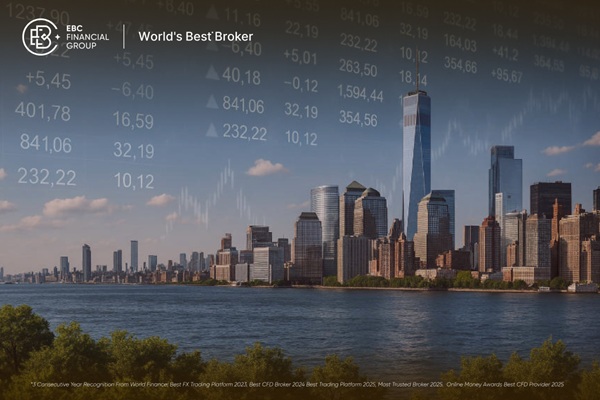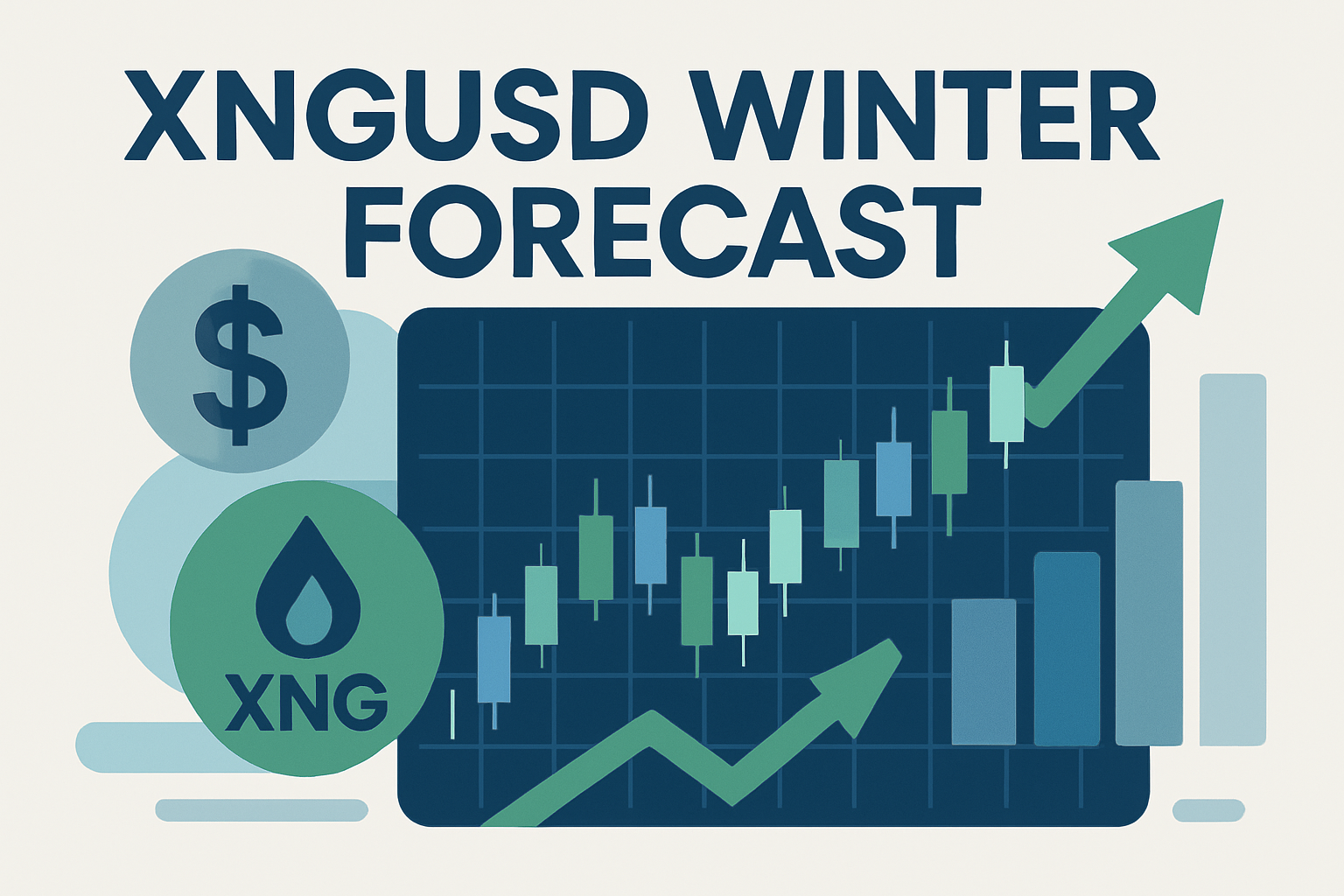Central banks are buying gold at unprecedented rates because they're diversifying away from US Treasuries amid growing geopolitical tensions, inflation concerns, and questions about American fiscal health. For the first time since 1996, global central banks now hold more gold in reserves than US government bonds, marking a historic shift in how these institutions manage their foreign exchange reserves. [1]
Quick Facts: The Gold Rush Numbers

Key statistics driving this historic shift:
900 tonnes of gold purchased by central banks in 2025 alone [2]
First time since 1996, central bank gold holdings exceed US Treasury reserves
$48 billion in Treasury sales by central banks in the first half 2025
40%+ gold price gain year-to-date, reaching above $3,800/oz
36,000 tonnes of total central bank gold reserves globally
Central Banks Hold More Gold Than Treasuries: First Time Since 1996
A seismic shift is happening in central bank reserves that hasn't been seen for nearly three decades. According to analysis by Charles-Henry Monchau, Chief Investment Officer at Swiss wealth management firm Syz Group, global central banks are now holding more gold than US Treasuries for the first time since 1996. This represents what experts are calling one of the most significant "global rebalancing" events in modern financial history.
The numbers tell a remarkable story. Central banks have accumulated over 1,000 tonnes annually for three consecutive years since 2022, with 2025 on track to exceed 900 tonnes according to J.P. Morgan Research forecasts. This sustained buying has created a structural price floor that didn't exist in previous decades.
Top Gold-Buying Central Banks: 2025 Rankings
The gold accumulation spans multiple regions, with clear leaders emerging in the race to diversify reserves:
| Country |
2025 Purchases (tonnes) |
Total Reserves (tonnes) |
% of Total Reserves |
Primary Motivation |
| Poland |
67 |
420+ |
14.2% |
Financial sovereignty |
| China |
36 (9 consecutive months) |
2,200+ |
4.9% |
De-dollarisation strategy |
| Kazakhstan |
25 |
299 |
45.8% |
Domestic production utilisation |
| Turkey |
Ongoing (26 months straight) |
540+ |
28.7% |
Sanctions resilience |
| Czech Republic |
Ongoing (29 months straight) |
100+ |
8.1% |
Geopolitical hedging |
Turkey deserves particular attention, having been a net purchaser for 26 consecutive months since June 2023, while the Czech National Bank has bought gold for 29 straight months since March 2023. These sustained campaigns demonstrate the strategic nature of these acquisitions rather than opportunistic buying.
Central Banks Dump $48B in US Treasuries
While central banks accumulate gold, they're simultaneously reducing their Treasury holdings in what analysts call a coordinated "de-dollarisation" effort:
| Metric |
Value |
Time Period |
Significance |
| Treasury Sales |
$48 billion |
Jan–Jun 2025 |
Largest reduction since 2008 |
| Fed Custody Holdings |
$2.88 trillion |
July 2025 |
Lowest since January |
| Total Foreign Holdings |
$3.22 trillion |
Current |
Lowest since 2017 |
| Post-Tariff Decline |
$90 billion |
Since Apr 2025 |
Direct policy impact |
This represents more than just portfolio rebalancing. Bank of America analysis shows central banks have been net sellers of Treasuries since March 2025, with the decline accelerating after Trump's "Liberation Day" tariff incident in April.
Why Central Banks Choose Gold Over Treasuries
Several compelling factors are driving this historic shift away from traditional Treasury holdings:
Fiscal concerns: Growing US debt levels and political polarisation affecting long-term Treasury stability
Sanctions protection: Unlike foreign currency reserves, gold cannot be frozen through SWIFT restrictions or asset seizures
Inflation hedge: Gold provides protection during currency devaluation periods that bonds cannot match
Geopolitical insurance: Physical gold offers bargaining power during international crises and conflicts
Dollar dependency reduction: Diversifying away from single currency system exposure reduces systemic risk
Policy independence: Gold holdings are immune to foreign government policy changes and political interference
As Monchau notes, "Those who control the most gold will have an additional layer of bargaining power during times of crisis, sanctions, or currency volatility."
Secret Gold Buying: Why Some Central Banks Hide Purchases
An intriguing aspect of current central bank gold buying is the significant volume of "unreported" purchases. The World Gold Council has identified substantial discrepancies between known buyers and total central bank demand, suggesting some nations are acquiring gold without public disclosure.
This phantom demand could be driven by:
Strategic considerations to avoid market impact
Political sensitivities around de-dollarisation moves
Competitive advantages in reserve management
Sanctions avoidance through discrete accumulation
Central bank gold transactions typically occur through over-the-counter markets rather than public exchanges, with the London Bullion Market Association serving as the primary global marketplace for these confidential institutional transactions.
How Central Bank Gold Buying Affects Gold Prices
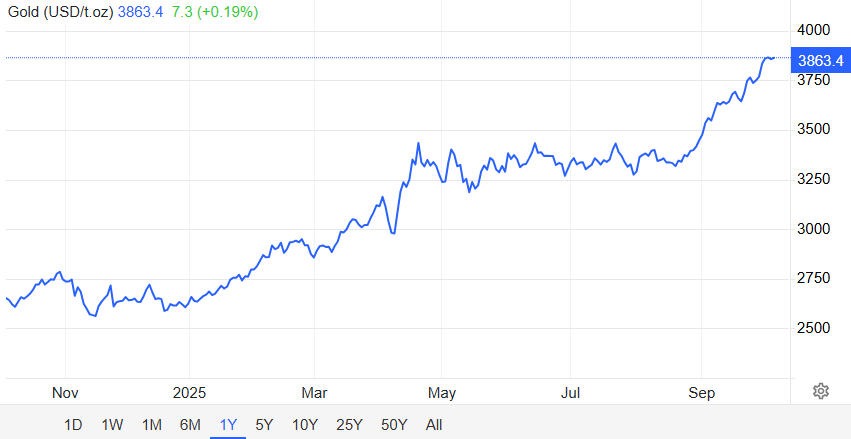
This sustained central bank demand has contributed significantly to gold's spectacular performance, creating structural support that differs from previous decades:
Price Impact Analysis:
40%+ rally in 2025 driven partly by institutional demand [3]
Price floor effect: Central banks typically hold gold long-term, unlike private investors who sell during stress
Correlation data: Each 100 tonnes of central bank buying correlates with approximately 2-3% price appreciation over 6 months
Supply constraint: Central bank buying represents 25% of annual gold demand, creating a scarcity premium
US Treasury gold reserves have now surpassed $1 trillion in value, more than 90 times what's stated on the government's balance sheet based on the outdated $42.22 per ounce official price.
Gold vs Dollar Reserves: The Historic Shift Explained
This comparison shows why central banks are making the switch:
| Asset |
Advantages |
Disadvantages |
2025 Status |
| Gold |
No counterparty risk, inflation hedge, sanctions-proof, store of value |
No yield, storage costs, price volatility |
Increasing allocation |
| US Treasuries |
Liquidity, yield income, global acceptance, dollar strength |
Default risk, political risk, sanctions tool, inflation erosion |
Decreasing allocation |
The fundamental shift reflects growing concern that Treasury holdings expose central banks to US fiscal and political decisions beyond their control.
Should Individual Investors Follow Central Banks?
The central bank gold rush creates both opportunities and considerations for retail investors:
Potential Benefits:
Institutional validation: Central bank buying provides confidence in gold's long-term prospects
Price support: Consistent institutional demand creates a price floor during market stress
Diversification: Following central bank strategies can reduce portfolio correlation with traditional assets
Inflation protection: Gold's traditional hedge characteristics remain intact
Risk Factors:
Elevated valuations: Central bank demand may keep gold trading at historically high levels
Timing challenges: Retail investors may struggle to time entries in volatile markets
Storage considerations: Physical gold requires secure storage unlike central bank vaults
-
Liquidity differences: Individual investors may face higher transaction costs
Looking Ahead: Central Bank Gold Demand Projections
The structural trend towards higher central bank gold buying appears likely to continue through 2025 and 2026:
J.P. Morgan Forecasts:
900+ tonnes annually expected through 2026
Consistent demand even at elevated price levels
Broadening participation from developed market central banks
New Initiatives:
Bank of Uganda's domestic buying programme targeting artisanal miners
Similar programmes are being considered by other emerging market central banks
Direct mine-to-reserve pipelines reducing market dependency
Key Catalysts:
Continued US fiscal concerns
Geopolitical tensions in Europe and Asia
Dollar policy uncertainty
Inflation expectations
The Bottom Line
After nearly three decades, central banks are fundamentally rebalancing their reserve portfolios away from dollar-denominated assets towards gold. This historic shift reflects growing concerns about US fiscal sustainability, geopolitical risks, and the long-term stability of the current international monetary system.
The trend appears structural rather than cyclical, with central banks now holding more gold than US Treasuries for the first time since 1996. For investors, this represents both validation of gold's role as a strategic asset and a potential opportunity to align portfolios with institutional money flows.
The fundamental message is clear: the world's most sophisticated financial institutions are voting with their reserves, choosing gold over government bonds in unprecedented numbers. This shift may well define the next phase of global monetary evolution.
Disclaimer: This material is for general information purposes only and is not intended as (and should not be considered to be) financial, investment, or other advice on which reliance should be placed. No opinion given in the material constitutes a recommendation by EBC or the author that any particular investment, security, transaction, or investment strategy is suitable for any specific person.
Sources:
[1] https://www.nationthailand.com/business/economy/40054877
[2] https://www.jpmorgan.com/insights/global-research/commodities/gold-prices
[3] https://www.reuters.com/business/finance/golds-record-breaking-rally-whos-keeping-it-going-2025-09-22/









